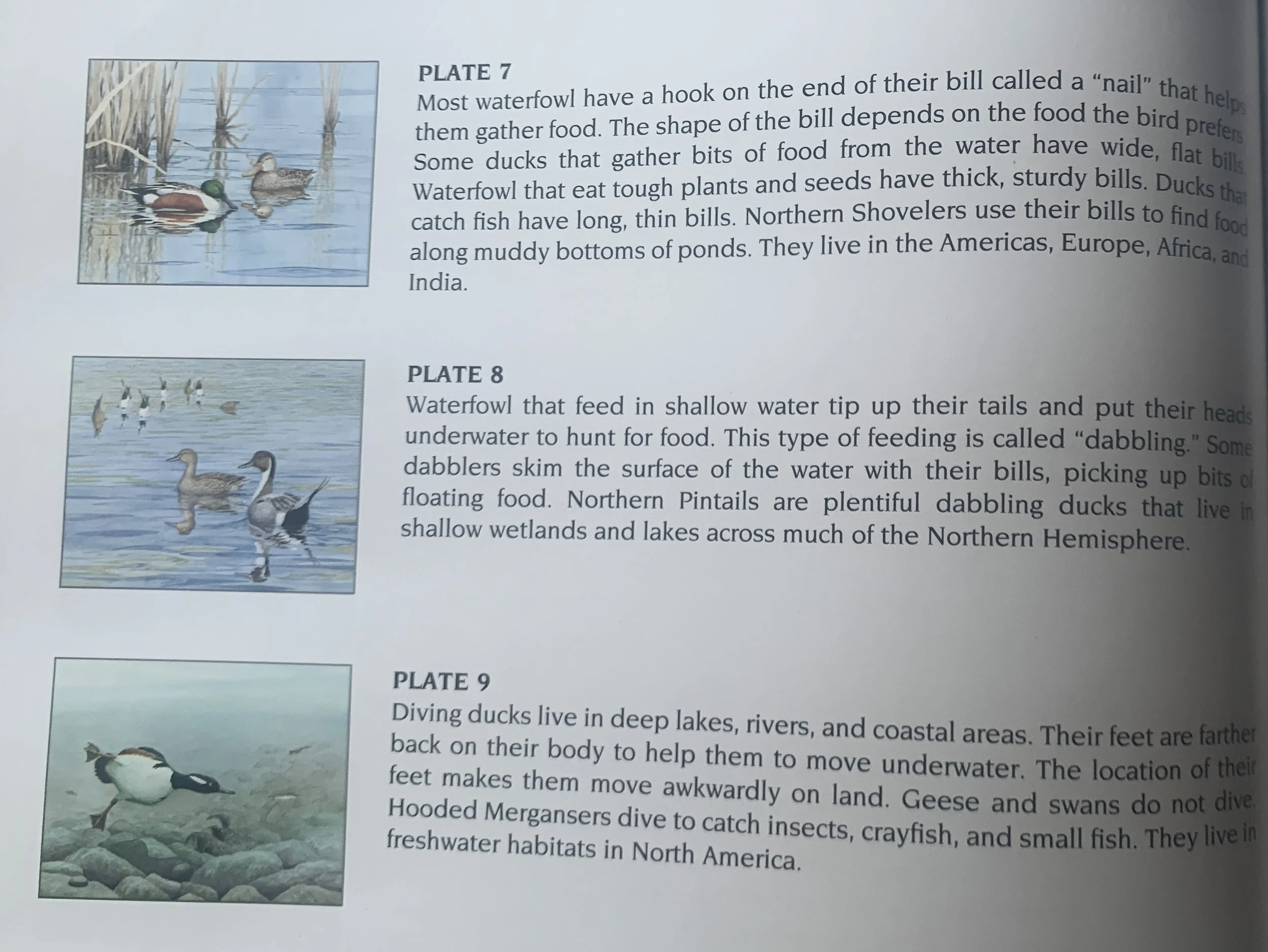Naturally
It was a morning easy to embrace with its soft clouds and tenderhearted breezes. October brings blue jay and yellow-rumped warbler migration, starling murmurations and many meadowhawk dragonflies, which I see into November some years.
I watched lovely Franklin’s gulls. Only three large wetlands have been used repeatedly as nesting sites in Minnesota over the past 100 years: Agassiz NWR and Thief Lake WMA in Marshall County, and Heron Lake in Jackson County. Breeding adults have black heads with white crescents above and below the eyes. The upperparts are dark gray; the legs and bill are reddish. In non-breeding plumage, the black heads reduce to a patchy black to gray hood covering the top of the head and neck. The forehead and throat become white and the legs and feet turn nearly black, as does the bill, which retains a reddish tip. Named after the Arctic explorer Sir John Franklin and originally called Franklin's rosy gull for its rosy-colored breast and belly, early settlers called it the prairie dove.
I walked for the joy of it when something fell in front of my nose. Then something else dropped near my ear. I stepped to the side and peered upwards into a birch tree where a fox squirrel was hulling a walnut. Why it wasn’t doing that in a walnut tree, I don’t know. I don’t think it was trying to hit me, but I can’t say for sure. A fellow in Fargo returned home after a trip to discover his parked Chevy pickup truck near a walnut tree had become a storage pantry for walnuts, thanks to a busy fox squirrel. The man removed 42 gallons of black walnuts stowed in his truck’s engine compartment, under the hood and around the fenders. The buckets averaged 26 pounds of walnuts. Walnuts fall from the trees encased in a fragrant green husk that helps protect the meat. The most notable consumer of the nut is the fox squirrel, with as much as 10% of its diet being walnuts. I watched a video of a red squirrel taking 8 minutes to hull a walnut.
According to the Finch Forecast, there will be no bumper crop of birch seed in North America this winter, giving the potential for a moderate to good flight south of redpolls. Look for them on birches, in weedy fields and at bird feeders offering nyjer and black oil sunflower seeds.
A study published by BirdLife International shows that 49% of the roughly 11,000 bird species in the world are in decline and one in eight is currently threatened with extinction. BirdLife found 21-32 bird species would have gone extinct since 1993 without conservation work.
Q&A
“Why are there so many crickets this year?” The largest cricket (and grasshopper) outbreaks occur during years with dry springs and summers. There is less fungal disease during dry weather.
Janine Schendel Aaker saw thousands of birds swarming, swooping and soaring over Albert Lea Lake at sunset and wondered what kind they were. I’m glad she got to see the aerial spectacle performed by avian tornadoes. They were tree swallows, which migrate during the day and feed on the wing. They prefer to roost near water, ensuring a ready supply of insects. At dusk, the sky fills with the swallows as they finish feeding and swirl into a roost in the reeds, producing a sound as if their sharp wings were tearing the air.
“Were Canada geese nearly extinct?” Canada geese were in decline at the beginning of the 20th century because of unregulated hunting. The Migratory Bird Treaty Act of 1918 established regular hunting seasons, but by 1962, the drainage of wetlands brought them to the brink of extinction in the eastern US. Efforts by conservationists helped re-establish Canada goose populations.
“What insect is a prairie alligator?” A walkingstick is called a prairie alligator, stickbug, specter, stick insect, devil's horse, witch's horse or devil's darning needle.
“How many kinds of gulls nest in Minnesota?” I watched a gull with a fish being chased by other gulls. Gulls are practitioners of kleptoparasitism, the act of one animal stealing food from another. There are 52 species of gulls worldwide, 19 seen in Minnesota and three species breeding here: ring-billed gull, Franklin's gull and herring gull.
“Why do cranes dance?” They dance to communicate. Dancing allows competitors to assess one another and contributes to pair bonding. Parents teach their colts to dance. Juvenile cranes practice dancing for years before they select a mate. Cranes dance to express aggression and excitement, declare territory or just because they can. Cranes are accomplished dancers.
Thanks for stopping by
“We all have our time machines. Some take us back, they're called memories. Some take us forward, they're called dreams.”—Jeremy Irons.
“Wrongs are often forgiven, but contempt never is. Our pride remembers it forever.”—Lord Chesterfield.
Do good.
©Al Batt 2022
A problem with second-generation rodenticides is they persist in dead and dying animals. When a poisoned mouse or rat is eaten by an owl, the poison can kill the owl. It could poison cats, dogs, hawks and any other animal feeding on the rodents. The barn owl pictured here is the likely source of the banshee myth. Photo by Al Batt.
Cathryn and John Sill are wonderful people.






